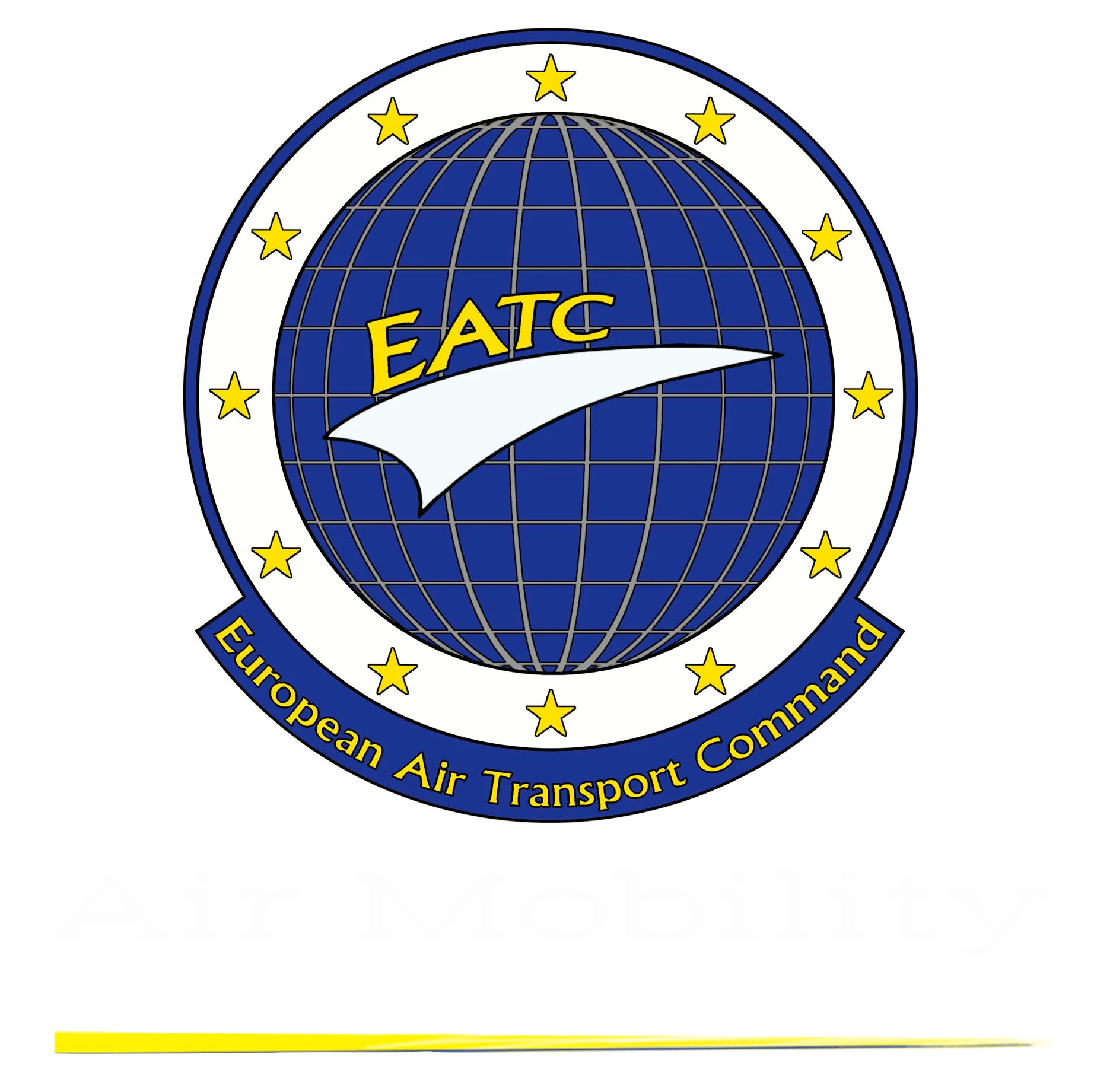In 2023, EATC concentrates on four pillars: cross-ground handling, cross-maintenance, cross-parachuting and cross-mission preparation. All are essential to reduce the logistic footprint, to operate together in deployments, or to operate faster and share personnel.
Cross-maintenance...
... allows one nation to perform maintenance on an aircraft for the benefit of another nation. In April 2023, EATC has published the first version of the “EATC Cross-Maintenance Operations Manual” (EXOM).link A prerequisite and fundamental requirement to train together, to make use of other nations’ maintenance teams during daily operations or to reduce their logistic footprint during deployments.
The EXOM is the basis to practice cross-maintenance during the LHP event in June. This is the first time that A400M aircraft from the BNU*, France and Germany are maintained by multinational maintenance teams, led by the French maintenance organisation. This entails that the technicians** follow French procedures as one and only unit, regardless of their nationality and the flag of the aircraft.
This is a significant step forward. Let’s take an example, the BNU is operating a A400M in Africa and encounters a technical problem. No national maintenance personnel or spare parts on board! But if the maintenance organisations have mutually recognised each other, a quick and cost-effective solution may be found if French, German or Spanish A400M technicians are in the area. They will just maintain the aircraft on behalf of the BNU.
When it comes to interoperability and common operations, there is no way around cross-maintenance.
* Belgium-Luxembourg binational unit
** Belgium, France, Germany, Spain
Cross-ground handling...
… allows, on the one hand, optimisation of loading cargo and boarding passengers without losing time. In order to enhance interoperability in this domain, EATC has developed the“EATC Ground-Handling Operations Manual” (EGOM) offering standardised procedures for handling passengers and cargo. The EGOM reflects what EATC is doing really: ensuring that payload based on certified standards is effectively moved from the airport of departure to airport of arrival.
During the LHP event in June, ground handling teams from Belgium, Germany, France and Spain test their skills in common activities according to the standards defined by the EGOM. The EGOM ensures that all these activities are conducted safely, efficiently and consistently. An EATC team observes assists and assesses the activities.
Cross-ground handling goes beyond loading cargo and boarding passengers. During the LHP, nations also practice how to assure that vehicles, uploaded for an assault landing, are cleared through the same data files. Moreover a framework for the riggers that prepare and upload the aerial delivery containers is set, as well as procedures to assure that the cargo plan is reliable for success for the conduct of complex multinational missions.
Cross-parachuting…
… allows a parachutist from one nation jumping from an aircraft of another nation, with his “national” parachute or a parachute from another nation. To do so, procedures and responsibilities between the nations need to be clearly defined on the ground and in the air. In 2019, EATC published the “Cross-parachuting booklet”, a reference guide for EATC’s nations. Currently EATC addresses potential cross-certifications and/or validations, taking into account the difference in equipment and procedures. The intent for the future is to offer multinational training courses, addressing both air and land forces.
The LHP event in June offers the opportunity to the participating nations to implement the already existing cross-certifications. For instance, French paratroopers, certified to jump from the Belgian A400M, benefit from the cross-parachuting during the two weeks in Orléans.
Cross-mission preparation...
… allows shortened mission preparation timings and synergic mission execution. In fact, the success of a mission starts when the crew prepares the mission set-up according to the given orders. Tactical scenarios are often complex and complexity increases when taking into account the state of the art systems on the aircraft. Although A400M user nations share the same equipment, preparation of a mission is often slightly different. This is why EATC included cross-mission preparation into the LHP. This pillar allows to define common grounds in terms of equipment connections and to share information and mission data from the very beginning.
During the LHP event in June, experts practice common processes and share different approaches to build up a connected environment and a common procedure. Moreover they will test lessons identified from the two previous workshops in a “real” multinational environment, hosted by the French support unit.


